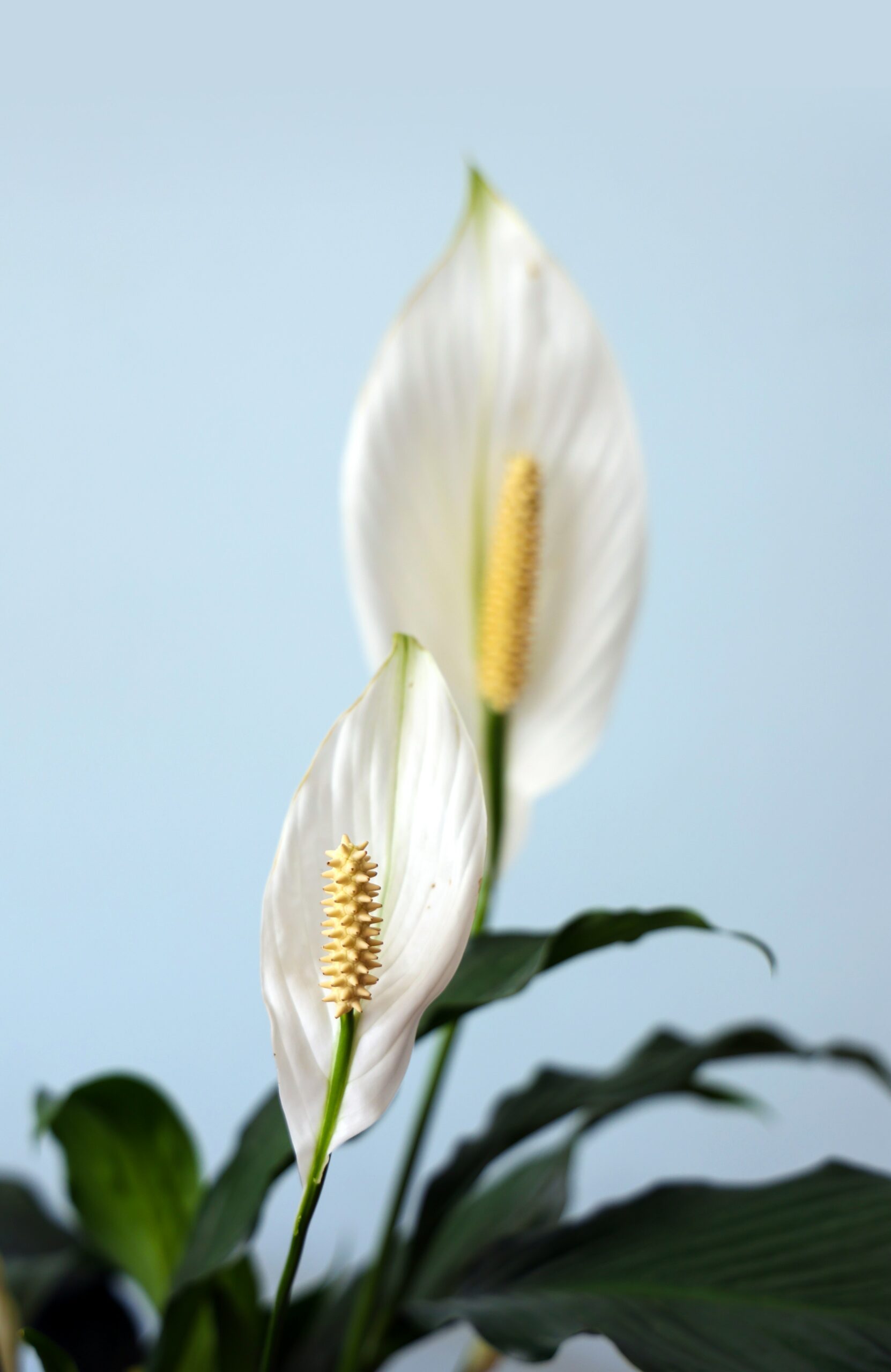10 Indoor Plants That Remove Toxins And Clean The Air
We spend a lot of time indoors; so maintaining proper indoor air quality is a primary priority. You must be surprised to know that some indoor plants help lower indoor air pollutants such as formaldehyde. While indoor plants do filter the air, they do so at a modest rate to make a significant effect.
Continue reading this blog post to learn about the best indoor plants good for air-purifying and removing contaminants including formaldehyde, benzene, trichloroethylene, and carbon monoxide.
The Areca Palm
Areca palm eliminates more toluene and xylene than any other plant. Toluene is one of the renowned ‘toxic three’ (together with formaldehyde and dibutyl phthalate) that are known to be harmful to human health. It can be found in paint thinners, nail polish removers, glues, and correction fluid. In the printing, rubber, and leather industries, xylene is utilized as a solvent. These chemicals find their way into our homes and workplaces, and the long-term effects are unclear.
Lady Palm
Even though the Rhapis or Lady Palm is among the simplest to cultivate, each species has unique environmental and cultural needs. They are a hardy palm species that thrives in most indoor environments, preferring semi-sunlight and temperatures between 60 and 70 °F (16-21 C). Even though the plant develops slowly, it finally has a height of over 14 feet and forms large clumps that are sometimes twice as wide as they are tall.
Bamboo palm
Another plant that performed exceptionally well at removing formaldehyde from the air was the bamboo palm. In addition, benzene, a component of dyes, lubricants, rubbers, detergents, and trichloroethylene, an industrial solvent, was successfully removed by this facility. Its lacy, green fans, which are born on clusters of thin canes, give humidity and a tropical vibe to any space.
Rubber Plant
Many people consider the rubber plant as the best indoor plant as it is particularly good at eliminating formaldehyde from indoor air. The plant has been popular since the Victorian era and can withstand temperatures as low as 40 F (5 C) for brief periods. Its optimal temperature range is 60-80 degrees Fahrenheit (16-27 C). When pruning, wear gloves since the milky sap might hurt the skin.
Dracaena “Janet Craig”
The Dracaena is one of the simplest houseplants to cultivate and is regarded as one of the greatest plants for eliminating trichloroethylene from the air. When fully grown, the plant has a spread of three feet and a height of ten feet. With appropriate care, it may thrive for many years.
Philodendron
There are numerous distinct types of philodendrons. Red Emerald (Philodendron erubescens), Lacy Tree (Philodendron selloum), Heart-Leaf (Philodendron oxycardium), and Elephant Ear all performed well in testing (Philodendron domesticum or tux). All are easy to grow and thrive on with little maintenance, providing years of purification for your home or business.
Dwarf Date Palm
The dwarf date palm does exceptionally well in removing pollutants from the air, and it is particularly good at doing so for xylene, a frequent solvent component. The plant will thrive for decades if placed properly in regulated temperature situations like those found in homes and businesses.
Ficus Alii
The Ficus Alii grows well inside and is resistant to the majority of insects. It is efficient at eliminating chemical vapors from the air. Although it may withstand lower light levels, it loves a humid habitat with full or partial sunshine. It prefers temperatures between 65 and 85 degrees Fahrenheit (16-24 C).
Boston Fern
Out of all the plants examined, the Boston fern performed the best at removing formaldehyde from the air. The Boston fern is a wise addition to any home or workplace because formaldehyde is included in so many products, including plastic waste bags, paper towels, facial wipes, floor coverings, and adhesives. Gas stoves and tobacco smoking also emit this toxin.
Peace Lily
The Peace Lily excels in removing formaldehyde, alcohol, acetone, trichloroethylene, and benzene, and it also has a high transpiration rate that helps to humidify and cleanse indoor air. One of the few tropical plants that bloom inside, its ribbed, glossy green leaves grow on stiff stalks that form the distinctive white ‘flower’. Many find this the best indoor plant.
Only one or two plants per 100 square feet of floor area are good in a residence with 8 to 9-foot high ceilings. Toxin absorption seemed to have no negative effects on these plants. According to research, they safely metabolize the substances by converting them to harmless carbon, water, and salts.


